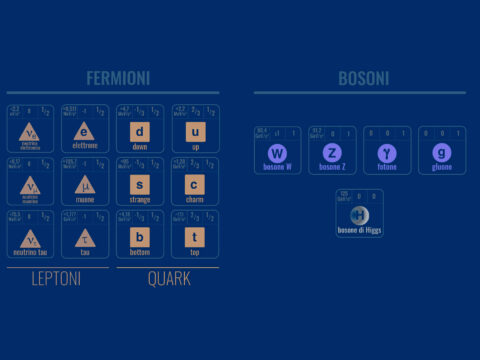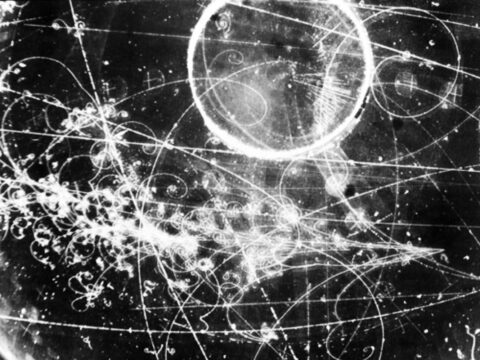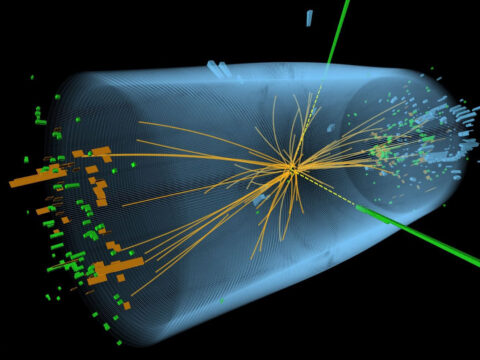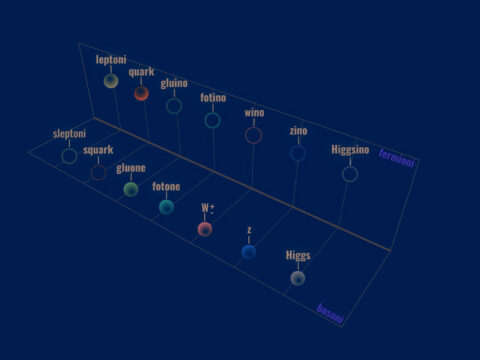For each of these interactions, there is a quantum field theory that explains its properties and behaviour. Quantum electrodynamics (QED) describes the interaction between photons, the quantums of the electromagnetic field, and charged particles, for example electrons. Quantum chromodynamics (QCD) describes the interaction between gluons, the mediator particles of the strong interaction, and quarks, the constituents of protons and neutrons. The electroweak theory provides a single description of the electromagnetic interaction and weak interaction, mediated by the bosons W and Z, responsible for radioactive decay of nuclei.
All these theories belong to a particularly important class of quantum field theories that takes the name of “gauge” theories. Under the spell of the “gauge” principle, to quote the Nobel Prize winner Gerard ‘t Hooft, the fundamental interactions are obtained by imposing suitable (“gauge”) symmetries on the Lagrangian that describes the non-interacting fields. “Gauge” symmetries and fundamental interactions, with the related mediator particles, are,thus, intimately connected.





